In a groundbreaking leap for marine science, researchers have deployed an autonomous underwater mass spectrometer capable of performing real-time chemical analysis at hydrothermal vent sites. The robotic system, dubbed "Vent-Sniffer," represents a paradigm shift in how scientists study these extreme environments, eliminating the need for sample retrieval and enabling unprecedented temporal resolution in data collection.
Hydrothermal vents have long fascinated scientists as windows into Earth's subsurface processes and potential cradles of life's origins. Traditional sampling methods required bringing water samples to the surface for laboratory analysis - a process that often took weeks or months and risked chemical alterations during transport. The Vent-Sniffer robot now plunges directly into these mineral-rich plumes, its titanium housing protecting sensitive instrumentation from the crushing pressures and corrosive fluids found at vent fields along mid-ocean ridges.
How the robotic chemist operates
The heart of the system features a specially adapted membrane inlet mass spectrometer (MIMS) capable of detecting volatile compounds at parts-per-billion concentrations. As the robot maneuvers through vent plumes using precision thrusters, seawater continuously flows through its sampling system. Dissolved gases and volatile organic compounds permeate a thin polymer membrane, entering the vacuum chamber where electron bombardment ionizes molecules for mass-to-charge ratio analysis.
What sets this instrument apart is its dual ionization source - employing both electron impact and chemical ionization to capture a broader range of compounds. The system can detect everything from simple gases like methane and hydrogen sulfide to complex organic molecules including amino acids and hydrocarbons. An onboard calibration system using permeation tubes maintains accuracy during deployments lasting up to 72 hours.
Surprises from the abyss
Initial deployments along the East Pacific Rise have already upended several assumptions about vent chemistry. Researchers discovered brief but intense pulses of hydrogen gas coinciding with micro-earthquakes, suggesting previously unrecognized links between seismic activity and chemical flux. The robot also captured the rapid appearance and disappearance of organic sulfur compounds - molecules that would have degraded before reaching surface laboratories.
Perhaps most intriguing was the detection of trace phosphorous compounds in forms that could be readily utilized by microorganisms. "We're seeing chemistry that resembles laboratory models of prebiotic reactions," noted Dr. Elena Vostokov, chief scientist on the project. "The dynamic nature of these systems means we've probably been missing key pieces of the puzzle by studying static samples."
Technological breakthroughs enabling the mission
Developing an instrument capable of withstanding vent environments required multiple engineering innovations. The team created a pressure-balanced optical system allowing laser alignment to remain stable despite pressure fluctuations. A novel self-cleaning membrane design prevents clogging from mineral particles, while ceramic-coated electrical connections resist sulfide corrosion.
Power management posed particular challenges at depths exceeding 2,500 meters. The solution came in the form of a hybrid battery system combining high-energy-density lithium cells with supercapacitors to handle peak loads during mass spectrometer operation. All this fits within a streamlined titanium housing just 1.2 meters long, with minimal hydrodynamic drag for precise positioning in turbulent vent plumes.
Biological implications and discoveries
The real-time data has revolutionized understanding of chemical gradients around vent ecosystems. Microbiologists were astonished to measure rapid changes in redox potential corresponding with tidal cycles - evidence that vent microbes may experience daily fluctuations in energy availability. The robot also mapped previously undetectable zones where methane and sulfide plumes overlap, creating ideal conditions for certain symbiont-bearing species.
During one memorable deployment, the mass spectrometer detected an unusual suite of organic compounds later correlated with a dense aggregation of yeti crabs. "We're essentially seeing their chemical footprint," remarked microbial ecologist Dr. Rajiv Singh. "This opens possibilities for detecting life through chemistry when visual surveys aren't possible."
Future directions and broader applications
The success of Vent-Sniffer has sparked interest in developing smaller versions for deployment on remotely operated vehicles and even autonomous underwater gliders. Researchers envision networks of such instruments monitoring multiple vent sites simultaneously, creating the first four-dimensional chemical maps of these dynamic systems.
Beyond basic science, the technology holds promise for detecting chemical leaks from undersea infrastructure and monitoring environmental impacts of deep-sea mining. The military has expressed interest in adapted versions for mine detection, while astrobiologists see potential for similar instruments in future Europa or Enceladus missions.
As the Vent-Sniffer continues its deep-sea explorations, each dive reveals new layers of complexity in submarine hydrothermal systems. These robotic eyes (and noses) in the deep are rewriting textbooks about one of Earth's most extreme environments - and perhaps offering clues about where else in the universe life might take hold.
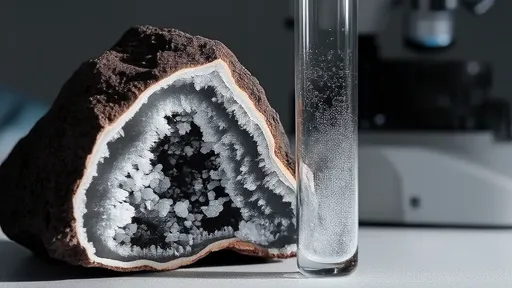
By /Jul 18, 2025
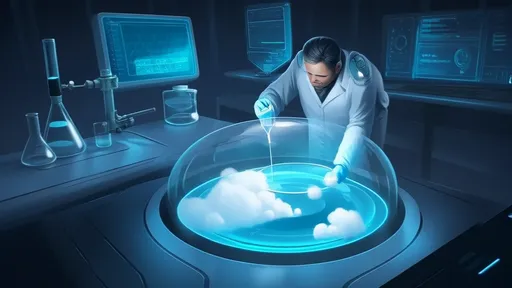
By /Jul 18, 2025

By /Jul 18, 2025
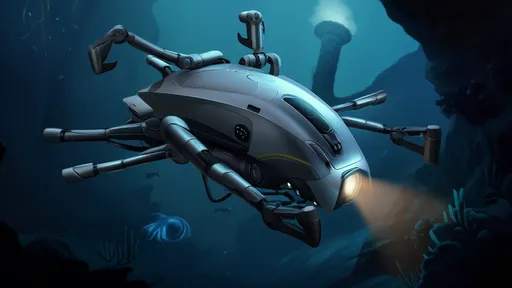
By /Jul 18, 2025

By /Jul 18, 2025
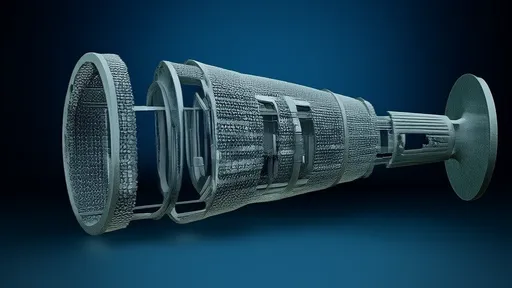
By /Jul 18, 2025

By /Jul 18, 2025

By /Jul 18, 2025
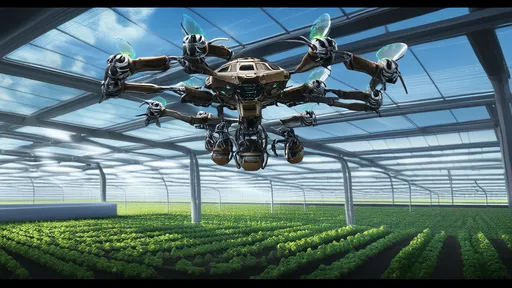
By /Jul 18, 2025
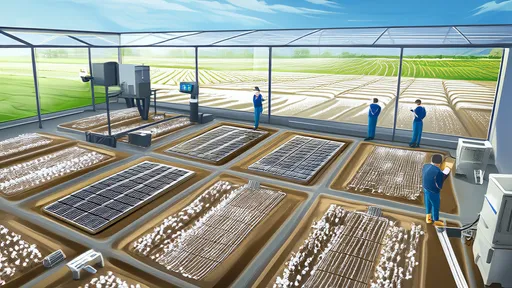
By /Jul 18, 2025
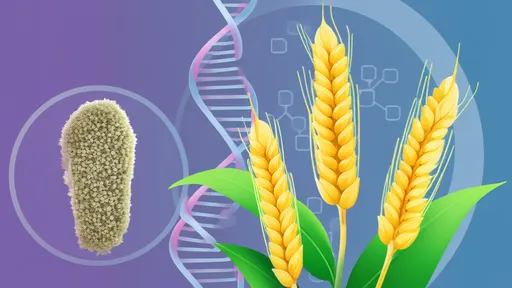
By /Jul 18, 2025
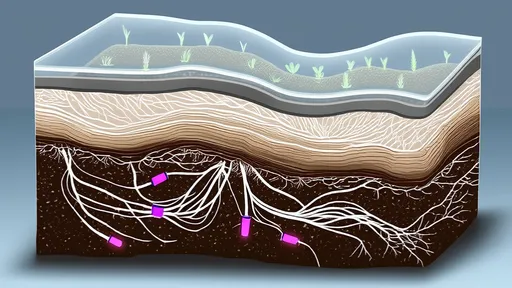
By /Jul 18, 2025

By /Jul 18, 2025

By /Jul 18, 2025

By /Jul 18, 2025
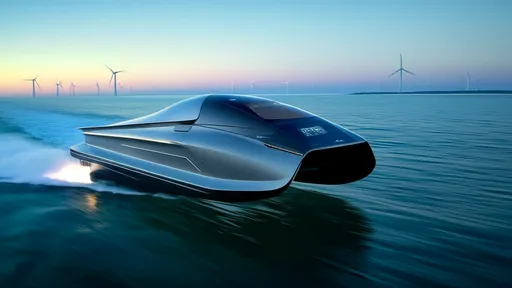
By /Jul 18, 2025
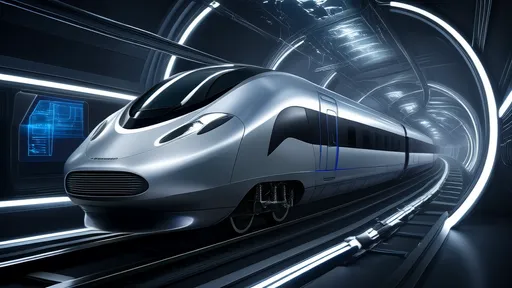
By /Jul 18, 2025
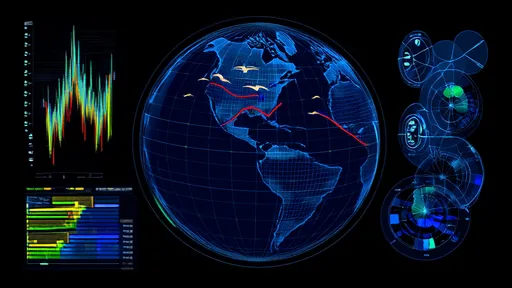
By /Jul 18, 2025